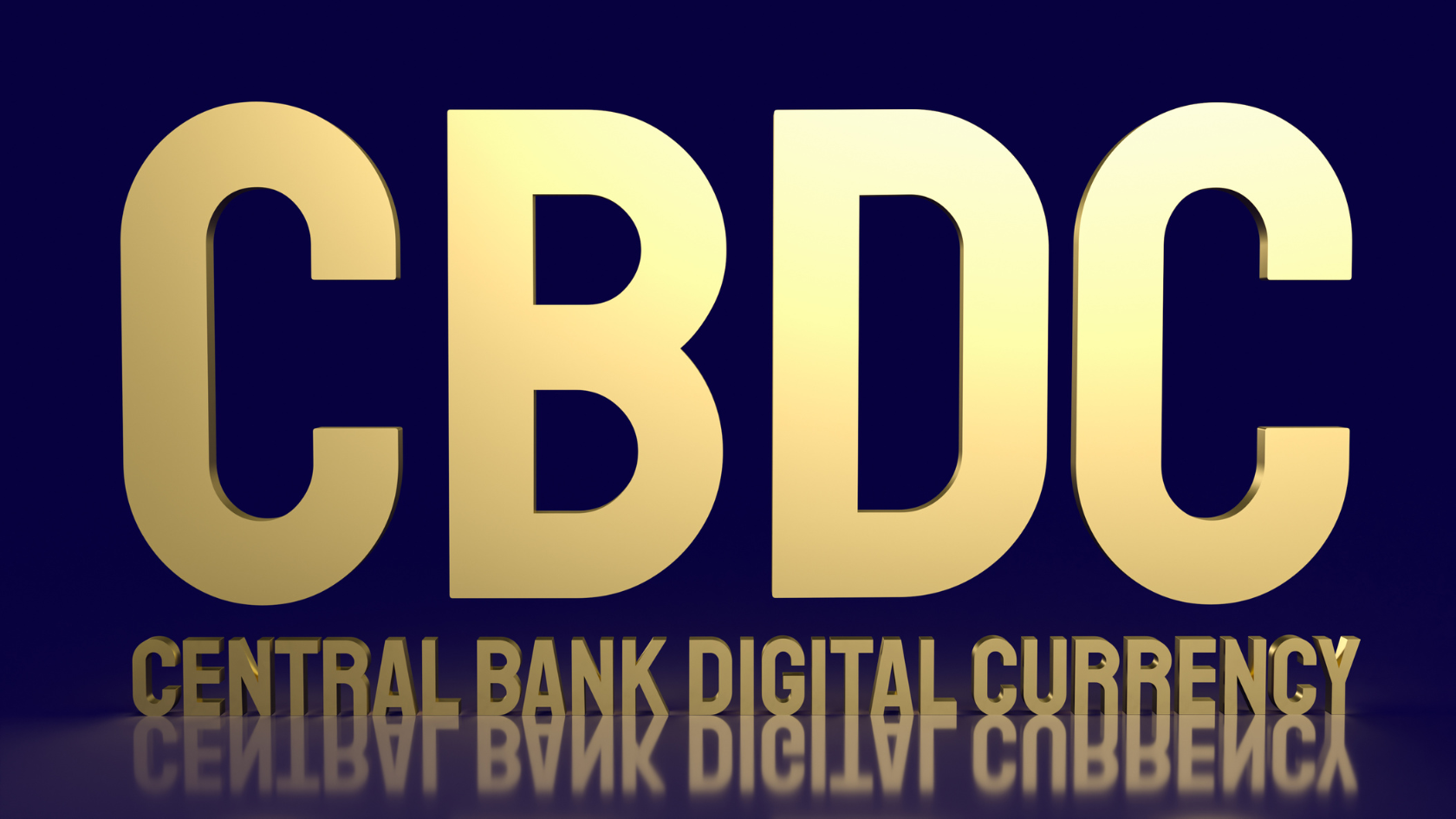The crypto market continues gaining popularity and value as it increasingly permeates the social sphere. With so many tokens available, distinguishing between them can be challenging. Market capitalization rates help investors determine which digital assets to pursue, as they often indicate a high-performing commodity worth day trading.
Yet, high market capitalization rates alone don’t tell the whole story. Determining which digital currencies to day trade requires accounting for several factors, from liquidity and volume to popularity and support. Adding to your knowledge of in-demand cryptocurrencies can help you find assets well-suited to day trading, but that takes time and tons of research.
Our list of the top cryptocurrencies to day trade does the leg work for you by considering market cap rates and several features. In discussing these top cryptocurrencies, we also cover strategies you can use to increase your day-trading profits.
Once you’ve read through our list of 14 cryptocurrencies to day trade, you’ll have a running start on what assets to choose for your next exchange transaction to solidify your income.
How Does Crypto Day Trading Differ From Stock Day Trading?
The goal of any day trading strategy remains to capitalize on short-term fluctuations in price for regular profit. Based on the sheer amount of time and research required to make a living, small-time investors find day trading difficult. However, with the addition of cryptocurrency in the day trading ecosystem, the opportunities to benefit from this investment strategy have increased.
So, how do day trading stocks and cryptocurrencies compare? Let’s first look at the benefits stocks offer versus those offered by cryptocurrencies.
Owning stock in a company grants you partial ownership in most cases. In some cases, you may even own enough shares to influence the company’s future direction.
That’s not the case with owning and day trading cryptocurrency. Users hold these assets in wallets on centralized and decentralized exchanges categorized based on control.
In contrast to stocks, trading hours are all the time, every day. Where stocks depend on the market and how the company fares financially, cryptocurrency assets are often considered highly speculative and high-risk.
One of cryptocurrency’s most significant sticking points is the (lack of) existing regulatory protocols.
Proponents of these digital assets reference the inherently decentralized nature of the commodity as antithetical to regulation. Others argue that without some legal framework, the cryptocurrency market faces a lack of sustainability.
Capital Gains Taxes
Both stocks and cryptocurrencies qualify as capital assets, therefore subject to capital gains tax. Though many think of cryptocurrency as a currency, the IRS ruled in 2014 to classify it as an asset.
You must pay taxes on those gains if you own cryptocurrency assets and sell them for a profit. The same applies if you spend the cryptocurrency as well. No taxes apply to any losses.
Earning cryptocurrency as part of a promotion or payment qualifies as regular income taxed at the earned income rate.
The IRS calculates taxes due on these digital assets based on the value of that particular cryptocurrency on the day you receive it. In contrast, converting or exchanging cryptocurrencies at a profit incurs capital gains tax rates.
Determining how much you owe on cryptocurrency profits depends on your annual income and how long you hold those particular assets.
The IRS defines short-term capital gains as profits from assets held for less than a year. These assets incur taxes at the standard income tax rate, whereas assets held for longer than a year incur capital gains tax. This lower rate depends on your income tax bracket.
What To Look for in Cryptocurrencies You Can Day Trade
Before choosing which cryptocurrency exchange or trading platform to use, it’s a good idea to research a few crypto options first.
Determining which cryptocurrency assets you want to invest in will help you choose which platform not only hosts that asset but also offers you high liquidity and trading volume in addition to low fees.
Here’s how you can determine if a cryptocurrency day trades well:
- High volatility: Cryptocurrencies that don’t move much in price make it nearly impossible to benefit from price spikes. The nature of day trading feeds off volatile assets to strike when prices are high for the most considerable profits.
- High trading volume: Open markets that offer thousands of opportunities to buy and sell cryptocurrencies provide the best platform for day trading. Increased customer count means more opportunities to exchange assets, potentially at a profit.
- Active development team: Cryptocurrency investors may help support a token, but the development team continues to drive it forward. Without a reliable support system, cryptocurrencies have every opportunity to fail.
- Positive media coverage: News stories certainly affect stocks and cryptocurrencies alike. However, due to their volatile nature, crypto assets tend to react to positive coverage with greater sensitivity. Within these stories are crypto signals that day traders use day in and day out to execute their strategies.
- Established history: A cryptocurrency that has historically stable, upward price movements can help day traders mitigate risk or even influence strategy by informing current trends.
Day trading cryptocurrencies requires as much trial and error as it does research. Sometimes it takes experiencing a few losses to increase your knowledge for future trades. However, with the following cryptocurrencies on our list, it’s possible to enjoy success as a day trader.
Top 14 Cryptocurrencies To Day Trade by Market Cap
A cryptocurrency’s market capitalization rate reflects the total value of every single token currently on the market. CoinMarketCap and CoinGecko report the current market cap for the most popular cryptocurrencies. Many of the top players on these reports made our list below.
Bitcoin (BTC)
Created in 2009, Bitcoin opened the door to cryptocurrency. Widely adopted since then, Bitcoin remains high in both volume and volatility. Bitcoin trade volume comes in at billions of dollars on most days.
You would be hard-pressed to find a cryptocurrency exchange that doesn’t list Bitcoin. As such, the token enjoys massive liquidity and provides numerous arbitrage trading opportunities.
Bitcoin relies on a proof-of-work consensus mechanism, which protects it from most security threats.
Binance Coin (BNB)
Binance Coin ranks third in popular cryptocurrencies. Applicable in several use cases, this token retains relevancy for the foreseeable future. Partnering with Binance Smart Chain (BSC) allows Binance Coin to mint NFTs and create decentralized applications (dApps).
Based on Binance, the largest cryptocurrency exchange, Binance Coin features low volatility and massive liquidity.
Ethereum (ETH)
Chances are you’ve heard of Ethereum if you know anything about cryptocurrency. This billion-dollar market cap token continues to grow exponentially due to the Ethereum blockchain.
Known for smart contracts and minting NFTs, Ethereum benefits from high demand due to its usage in paying network fees.
This relatively stable token also morphed into a second version that migrated to a proof-of-stake consensus mechanism from the prior proof-of-work platform. Ethereum, like Bitcoin, appears on most cryptocurrency exchanges with high liquidity and trading volume.
Cardano (ADA)
Created by one of Ethereum’s co-founders, Cardano uses proof of stake to verify transactions. With yields of 4% or more per year and a strong community backing it, Cardano continues to grow consistently.
The token remains ideal for dApp developers and day traders as it scores high in liquidity, volatility, and resilience.
Ripple (XRP)
Ripple performs blockchain-based payment protocols with low fees and fast transaction rates. This cryptocurrency exhibits all the signs of a sustainable token with lots of media coverage, high trading volume, and high volatility.
Solana (SOL)
Solana gained popularity based on its high transaction throughput. Solana’s transaction fees stay low even at over 50,000 transactions closed within a second. The native token is SOL and relies on a consensus mechanism that combines both proof of stake and proof of work.
Developers created Solana to help with decentralized finance, dApps, and smart contracts. The development team stays strong and active, backed by influential supporters with cash to burn.
Lucky Block (LBLOCK)
Lucky Block is new to the cryptocurrency market and aims its sights at the ever-popular gaming industry as an NFT competition platform.
The native token LBLOCK recently underwent its second version, getting rid of transactional taxes and opening the token up to Ethereum liquidity pools. With this new version, LBLOCK increases trading volume and potential for liquidity.
Dogecoin (DOGE)
This top meme coin doesn’t necessarily have a use case, but it’s popular nonetheless. Dogecoin came onto the scene in 2013. Today, it acts as an inflationary and volatile cryptocurrency since there exists no limit to the number of tokens produced. Therefore, it’s best for short-term day trading.
Cosmos (ATOM)
Most major cryptocurrency exchanges include Cosmos on their list of assets. This token benefits from a respectable trading volume that swings in price on a drastic scale.
High-performance blockchain services keep it in a positive light within the community, alongside a strong development team that constantly updates this token. Cosmos relies on proof of stake to verify transactions.
Tether (USDT)
Unlike other cryptocurrencies, this stablecoin relies on fiat currency to determine value. As such, it is less volatile than others but remains on many day traders’ lists due to its high market cap.
Polkadot (DOT)
You can find this cryptocurrency on many digital asset exchanges. Polkadot’s dedicated community provides it with good liquidity and low fees.
Chainlink (LINK)
Chainlink provides real-world and often real-time data to dApps as a decentralized oracle network. Users who accurately provide information promptly can earn the native token, LINK. This token trades on most cryptocurrency exchanges, making it highly liquid.
USD Coin (USDC)
USD Coin completes global transactions based on the Ethereum blockchain. While not the most popular cryptocurrency on our list, it remains a solid choice for day traders who want an asset with adequate liquidity, trade volume, and volatility.
Tron (TRX)
Users who share content on the Tron platform earn TRX, the native token. Tron employs one of the most active development teams of all cryptocurrencies. TRX remains cheap and stable, and it gains ground daily in popularity.
Common Cryptocurrency Day Trading Strategies
If you choose not to automate your cryptocurrency exchanges, you may benefit from one of the following strategies:
- Range trading: In this strategy, a cryptocurrency’s overbought and oversold zones are crucial to determining the best time to sell/buy. These tokens tend to remain low in volatility but high in liquidity.
- Scalping: This strategy relies on crypto signals to make at least 1% profit on all trades. Purchase and sale prices determine this profit margin. Most trades transacted within a scalping strategy occur every few minutes. High liquidity and low spreads characterize cryptocurrencies that work well with scalping strategies.
- High-frequency trading: Chances are most day traders lack the resources to participate in high-frequency trading. Advanced computer programs exchange assets at an alarming rate within a short period in this strategy.
- Dollar-cost averaging: For some investors, rapidly buying and selling doesn’t cut it. Instead, you might use this strategy to invest consistently with a pre-determined, set amount each time, no matter the current price.
- Copy trading: If you’re a beginner, you might consider copy trading. This strategy requires following a few major day traders and investing as they do. Choosing a reputable and reliable day trader involves research, but the most successful copy traders diversify, too.
- Arbitrage: Multiple accounts on several exchanges and their price differences characterize an arbitrage approach. When a cryptocurrency sells for more on one platform than the other, this discrepancy translates to profit for those who can exchange it.
A clear mind remains critical to realizing a profit. Avoid overtrading and exchanging assets out of fear of missing out on great opportunities.
Even though day trading favors quick action, don’t confuse that with impulse exchanges. Calculate your approach, stick with it, and adjust as necessary.
Summary
Successful crypto traders rely upon successful crypto day trading strategies to leverage volatile markets to earn steady profits. We hope this article has helped you to determine the greatest cryptocurrency assets you can day trade based on several factors. With so many cryptocurrencies to choose from, you almost can’t go wrong.
If you still have questions regarding cryptocurrency day trading or even cryptocurrency in general, head to our blog or check out our other community resources.
American Crypto Academy is run by a team of experts, and we’re dedicated to making cryptocurrency and the blockchain easy, with educational resources and professional programs taught by carefully chosen industry professionals.
Check out the rest of our site to learn more.
Sources:
Thinking of Day Trading? Know the Risks. | Investor
Reports show scammers cashing in on crypto craze | Federal Trade Commission





